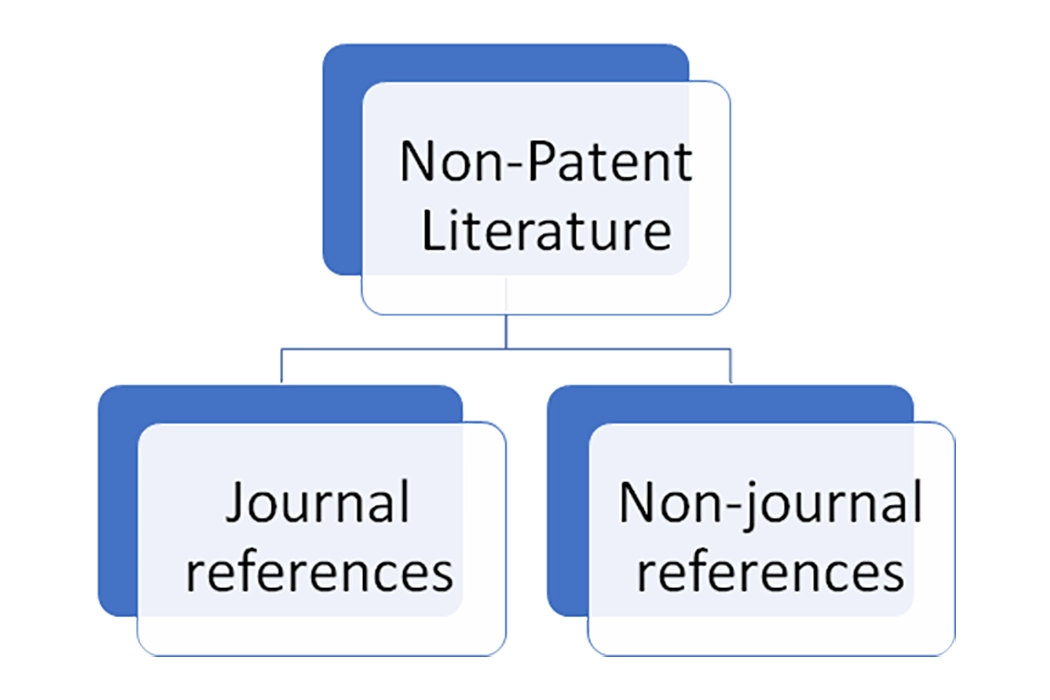- Broader Scope of Information: While patents primarily focus on disclosing inventions and protecting the associated rights, NPL encompasses a broader spectrum of knowledge.
Researchers can explore scientific papers, technical articles, and industry publications to gain insights into cutting-edge technologies, emerging trends, and potential prior art that may not be covered by patents.
This wider pool of information allows inventors and patent professionals to make more informed decisions during the patent prosecution process.
- Early Disclosure of Research: NPL often provides early insights into ongoing research and development activities. Researchers, scientists, and engineers frequently publish their findings in non-patent literature before seeking patent protection.
By exploring NPL, patent researchers can stay ahead of the curve and identify potentially relevant advancements that may impact their patentability assessment. This early access to information can be instrumental in shaping patent strategies and avoiding conflicts with existing technologies.
- Enhanced Novelty and Inventiveness Assessment: Patents require a thorough examination of prior art to establish novelty and inventiveness. By incorporating non-patent literature into the search process, researchers can significantly enhance the quality of their prior art search. NPL helps uncover prior inventions, scientific principles, technical specifications, and experimental data that may not be available in patents.
This comprehensive approach ensures that the patent application is evaluated against the widest possible range of prior art, reducing the risk of claims being rejected due to undisclosed or overlooked references.
- Industry and Market Insights: NPL serves as a valuable resource for understanding industry trends, market dynamics, and technological advancements.
Through NPL, patent researchers can gain a holistic perspective on the state of the art in a particular field, identify key players, track market developments, and gauge the commercial potential of an invention.
Such insights enable inventors and companies to make informed decisions regarding patent filing, licensing opportunities, R&D investments, and market strategies.
- Supplementary Evidence: Non-patent literature can serve as supplementary evidence during patent litigation. In legal disputes, NPL can be used to challenge the validity of a patent, demonstrate prior knowledge or use, or support infringement claims.
Including NPL in the patent research process ensures that all relevant evidence is considered and strengthens the overall case.
- Global Coverage: While patents are specific to individual countries or regions, non-patent literature is often more geographically diverse. It allows researchers to tap into a wider range of international publications, enabling a more comprehensive understanding of prior art and technological advancements across different jurisdictions.
This global perspective is crucial for inventors and companies seeking patent protection or exploring international markets.
- Cross-Disciplinary Insights: Non-patent literature sources encompass various disciplines and industries, making them valuable for interdisciplinary research. Patent research often requires a multidimensional approach, especially when dealing with complex technologies that span different fields.
By exploring NPL, researchers can gain cross-disciplinary insights, identify relevant references from related fields, and assess the potential impact of advancements in other domains on their inventions.
- Academic Research and Open Access: Non-patent literature includes a significant amount of academic research that is often freely available through open-access journals or institutional repositories. This accessibility makes it easier for researchers to locate and access relevant information without the need for costly subscriptions or paywalls.
Open-access publications also contribute to a more inclusive and collaborative research environment, facilitating knowledge sharing and promoting innovation.
- Rapidly Evolving Technologies: In rapidly evolving fields such as information technology, biotechnology, or artificial intelligence, non-patent literature becomes even more critical.
As emerging technologies outpace the patenting process, NPL serves as an up-to-date source of information, capturing the latest research findings and technological advancements.
Staying informed about recent breakthroughs through NPL enables inventors to align their patent strategies with the current state of the art.
- Diverse Search Techniques: Non-patent literature often requires different search techniques compared to patent databases. While patent searches typically involve keyword-based searches within structured databases, NPL searches may require broader search strategies, including natural language queries, citation tracking, and manual searches through academic databases, conference proceedings, or industry publications.
Mastering these diverse search techniques expands the researcher’s ability to uncover relevant information and enhances the overall effectiveness of the patent research process.






